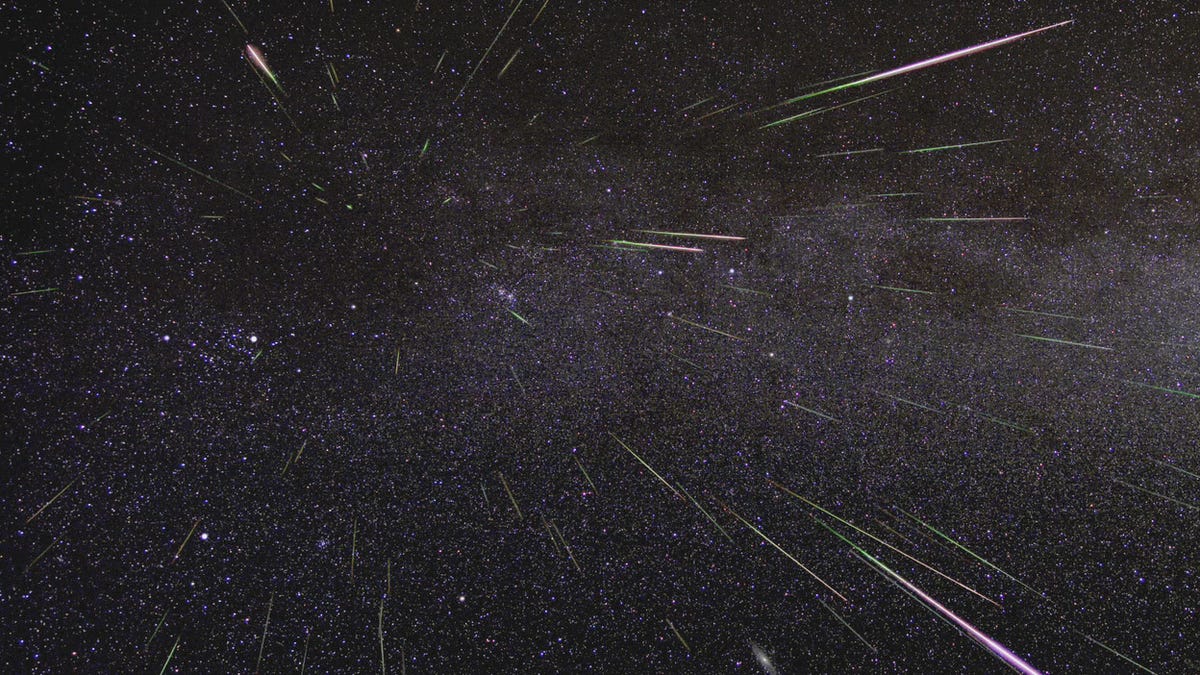Buckle up -- the year's best meteor shower peaks on Friday
Known for its massive fireballs and displaying more than 100 meteors per hour, the impressive Geminid show is not to be missed.

It's time to break out the blankets and troop outside of city lights -- the annual Geminid meteor shower will arrive toward the end of this week and promises to be a spectacular show.
Geminid meteor showers are the most vivid of all showers -- full of fireballs and between 100 to 120 meteors per hour. They're also viewable from any point on Earth. So, remember the Perseids shower in August? This one could be even better.
Most astronomers believe that the Geminid light show originates from the remnants and dust of a rocky object known as 3200 Phaethon -- rather than from comets, like most meteor showers. Every year around mid-December the Earth passes this object's debris, giving Earthlings the opportunity to witness the stunning showers. The 3200 Phaethon, which is 3.2 miles in diameter, is still a bit of a mystery to scientists.
"The Geminids are my favorite because they defy explanation," NASA's Meteoroid Environment Office head Bill Cooke said in a statement. "Of all the debris streams Earth passes through every year, the Geminids are by far the most massive. When we add up the amount of dust in the Geminid stream, it outweighs other streams by factors of 5 to 500."
While the Geminid showers are the best around, this year's won't be as show-stopping as years past. That's because it nearly coincides with the full moon, which is on December 17. The light from the moon is supposed to mute out nearly half of the meteor sightings.
That's no reason to stay home, however, there will still be plenty of bright meteors to see. This year's Geminid meteor shower is slated to peak on the night of December 13 and into December 14. The show officially started on December 4 and will last through December 17. The best time of night to see the meteors is at moonset, which is around 4 a.m. PT.
For those viewers who want to know more as they gaze, on December 13 they can tune into a live Ustream feed from NASA that will host Cooke and two people from his team of experts in a Web chat from 8pm to 12am PT. A live feed of the skies over the Marshall Space Flight Center in Huntsville, Ala., will also be embedded into the Ustream feed.

